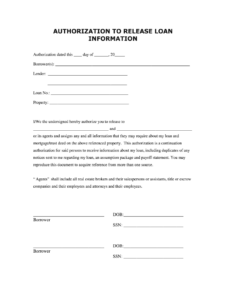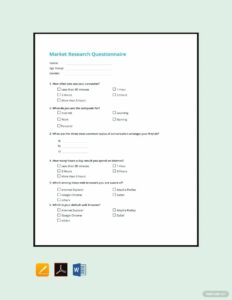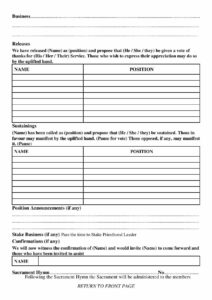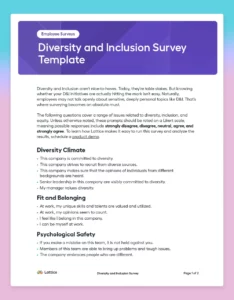Creating a comprehensive business requirements template is essential for ensuring that your projects are successful. A well-structured template will help you to gather, organize, and communicate the requirements of your stakeholders. It will also help you to track the progress of your project and ensure that it is meeting the needs of your business.
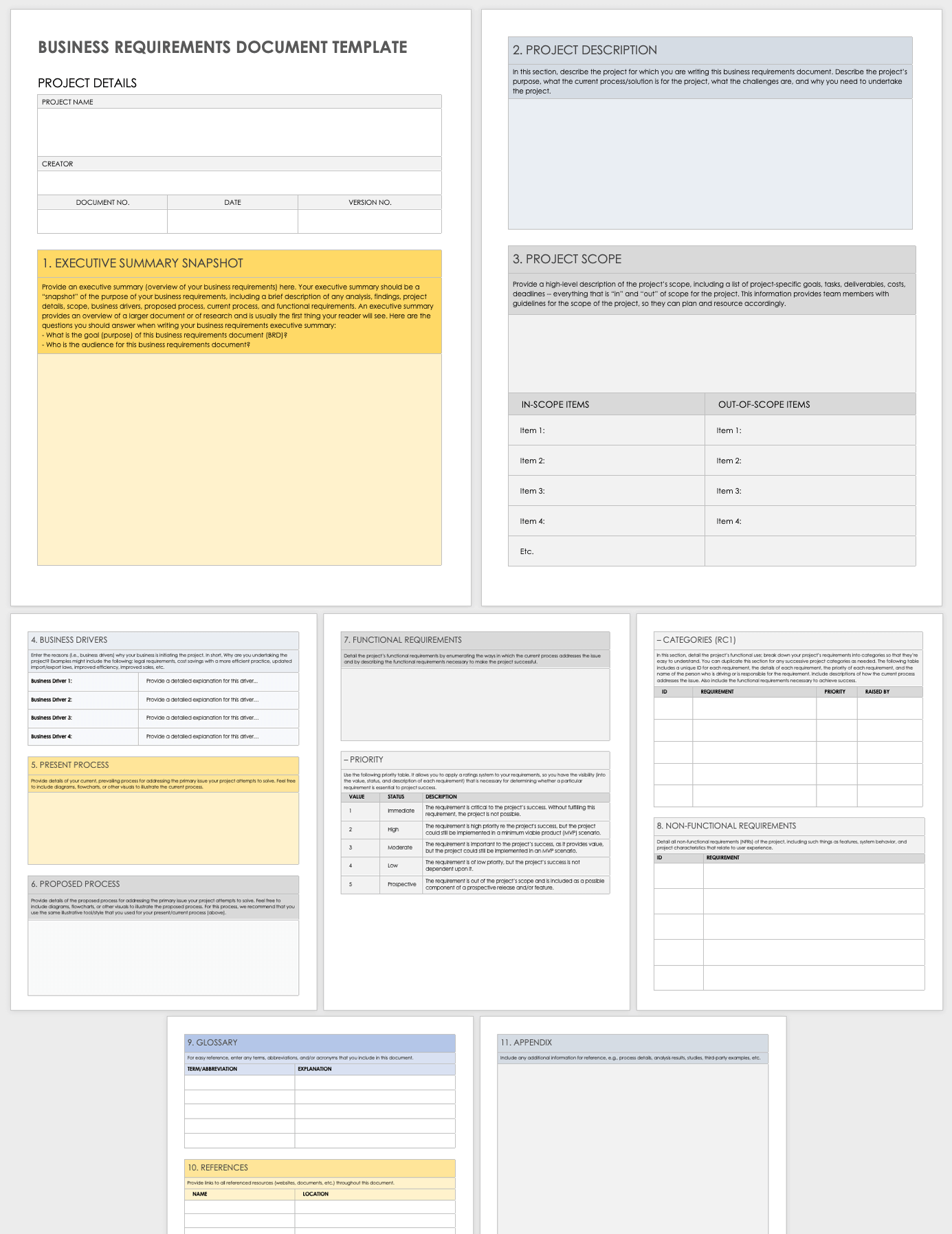
What Should Be Included in a Business Requirements Template?
The specific elements that you include in your business requirements template will vary depending on the nature of your project. However, there are some general elements that are typically included in most templates.
- Project overview: This section should provide a brief overview of the project, including its goals, objectives, and scope.
- Stakeholder analysis: This section should identify all of the stakeholders in the project and their interests. It should also describe how each stakeholder will be involved in the project.
- Functional requirements: This section should list all of the functional requirements of the project. Functional requirements define what the system needs to do in order to meet the needs of the business.
- Non-functional requirements: This section should list all of the non-functional requirements of the project. Non-functional requirements define how the system should behave, such as its performance, security, and usability.
- Acceptance criteria: This section should define the criteria that will be used to determine whether the project has been successful. Acceptance criteria are typically based on the functional and non-functional requirements of the project.
How to Use a Business Requirements Template
Once you have created a business requirements template, you can use it to gather, organize, and communicate the requirements of your stakeholders. To use the template, follow these steps:
- Gather requirements: The first step is to gather requirements from all of the stakeholders in the project. This can be done through interviews, surveys, or workshops.
- Organize requirements: Once you have gathered the requirements, you need to organize them into a logical structure. This will help you to see the relationships between the different requirements and to identify any gaps or overlaps.
- Communicate requirements: Once you have organized the requirements, you need to communicate them to all of the stakeholders in the project. This can be done through a written document, a presentation, or a combination of both.
- Track progress: As the project progresses, you need to track the progress of the requirements. This will help you to ensure that the project is meeting the needs of the business.
- Update requirements: As the project progresses, the requirements may change. You need to update the requirements template to reflect these changes.
Conclusion
A business requirements template is an essential tool for any project manager. By using a template, you can ensure that you are gathering, organizing, and communicating the requirements of your stakeholders. This will help you to track the progress of your project and ensure that it is meeting the needs of your business.
There are many different business requirements templates available online. You can find a template that is specific to your industry or project. Once you have found a template, you can customize it to meet your specific needs.
